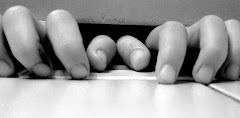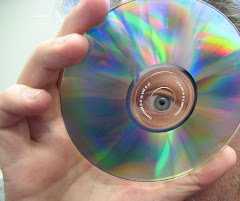 I once engaged in a spirited debate with a woman at the Chicago Art Institute about whether one of the pieces exhibited,a canvas covered chiefly in black paint with thickly-textured paint strokes, should count as art. She argued that it was not art; I argued that it certainly could be. Her position amounted to this: Art should be about--that is, represent--something, and this painting was about nothing. My argument was that all representative art is itself abstract; no one really believes the painting of the tree is in fact a real tree--the kind you can climb up and pick an apple from its branches. What distinguishes modern "abstract" art from "traditional" art is, ironically, its departure from the past's dependence on abstracting a scene from reality. Modern art is simply what it is: an aesthetic experience. In this sense it is like a symphony-- without representational meaning but still, for some, a profoundly powerful experience.
I once engaged in a spirited debate with a woman at the Chicago Art Institute about whether one of the pieces exhibited,a canvas covered chiefly in black paint with thickly-textured paint strokes, should count as art. She argued that it was not art; I argued that it certainly could be. Her position amounted to this: Art should be about--that is, represent--something, and this painting was about nothing. My argument was that all representative art is itself abstract; no one really believes the painting of the tree is in fact a real tree--the kind you can climb up and pick an apple from its branches. What distinguishes modern "abstract" art from "traditional" art is, ironically, its departure from the past's dependence on abstracting a scene from reality. Modern art is simply what it is: an aesthetic experience. In this sense it is like a symphony-- without representational meaning but still, for some, a profoundly powerful experience.
Wednesday, October 26, 2005
Subscribe to:
Post Comments (Atom)








.jpg)




2 comments:
That is the best explanation for the existance of modern art that I have ever heard. I've personally always looked down on modern art preferring art that represents something that I can actually recognize. Now I'll have to approach modern art with a new perspective.
Technoprarie, I'm glad you liked it. Virtually every corporation hangs modern art. Merely walk down a corridor and one finds paintings of pleasant swirls and whooshes and geometrical shapes. No meaning; it's just pleasant. It's all around us but we don't recognize it as challenging. We chiefly object when we see it in art museums, I suppose because we feel dumb for not "getting it".
Post a Comment